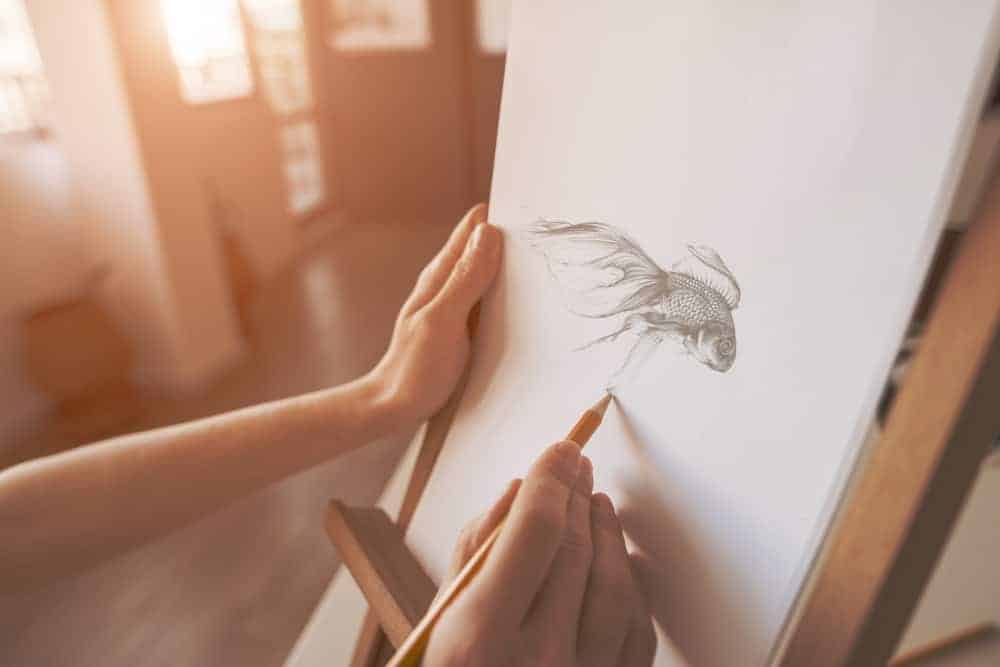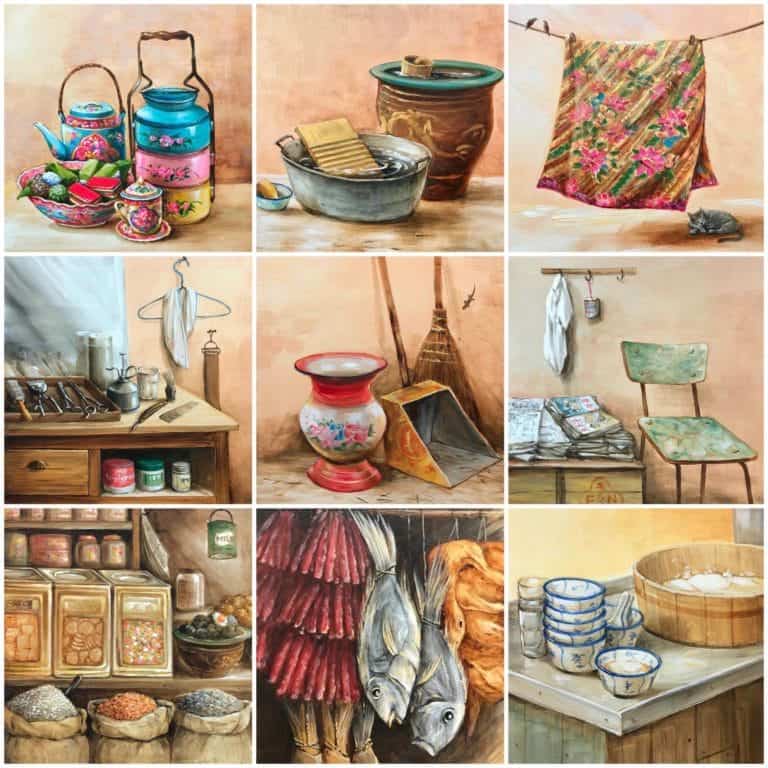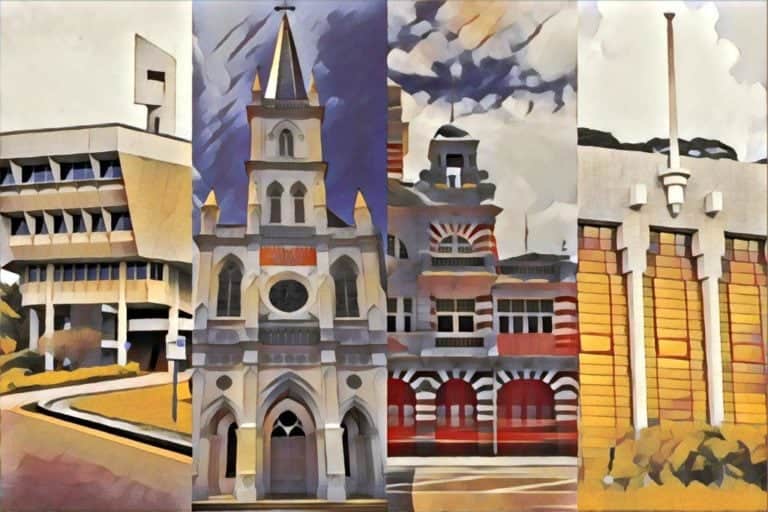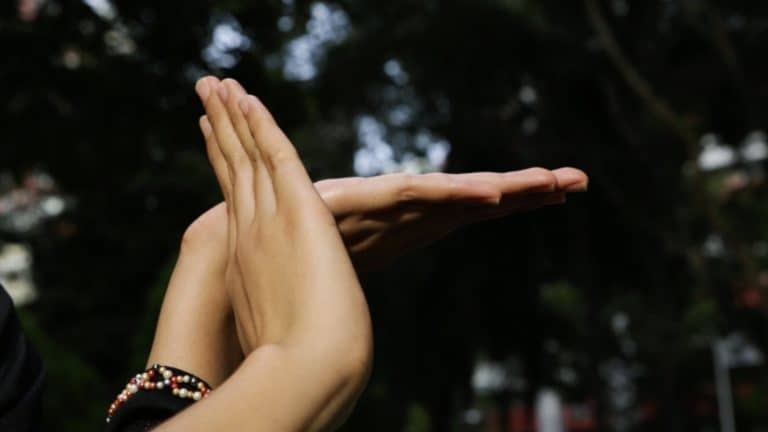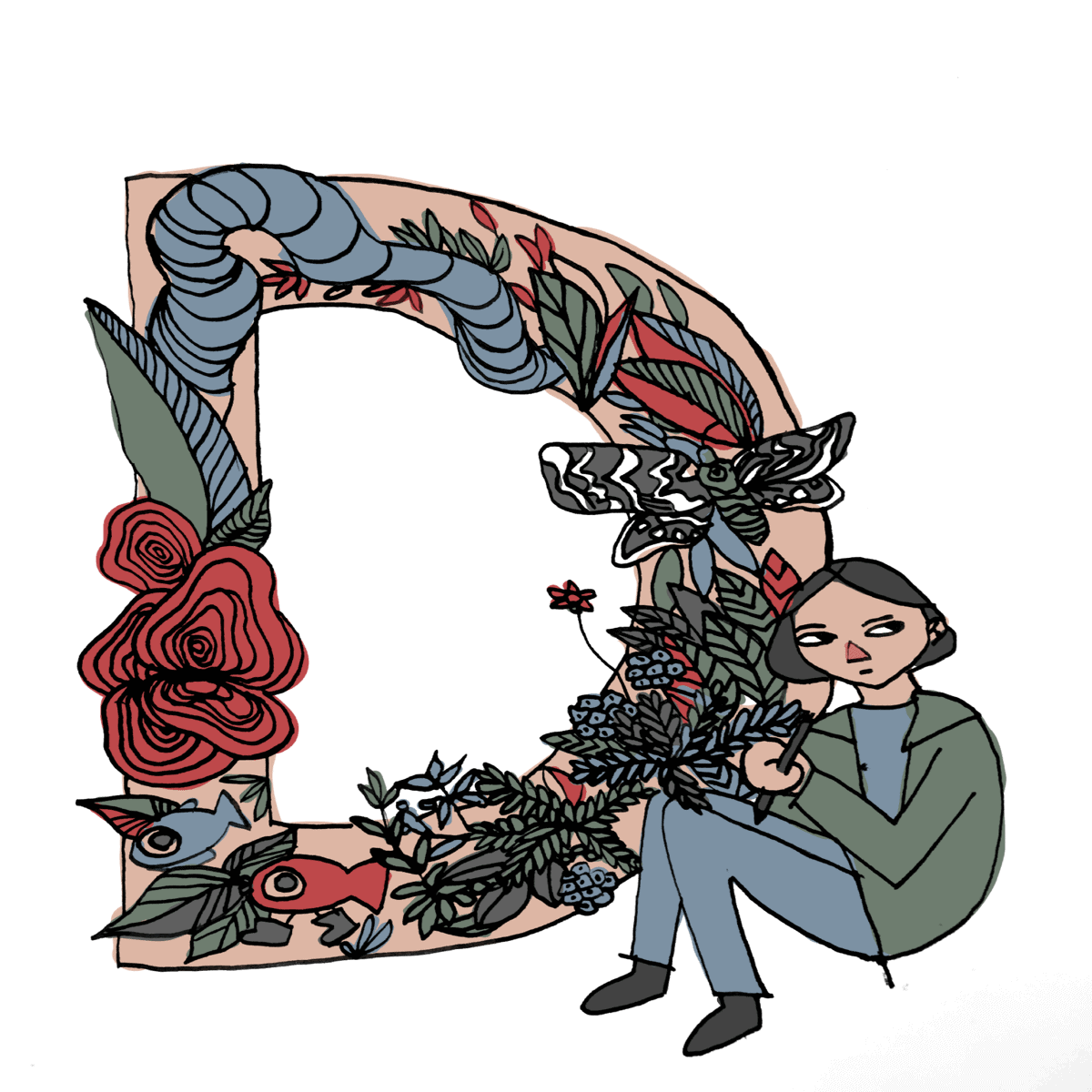
… is for Drawing.
Drawing is such a commonplace activity in our daily lives that, most of the time, we hardly even notice ourselves doing it. We doodle idly while at a boring lecture or roughly sketch a map as a visual aid when giving directions on how to get to a place. A toddler creates her first drawing as soon as she has sufficient fine motor control to curl her fingers around a crayon and make some tentative marks on paper. Curator Emma Dexter, in her introductory essay for Phaidon Press’ 2005 global survey of contemporary drawing practice, Vitamin D, emphasised drawing’s ubiquity, defining it as a universal human endeavour, a shared visual language of expression:
” … drawing is part of life and life is an occasion to draw.”
Inasmuch as drawing is a part of everyday life, it is also possibly one of the most universal and frequent pursuits among artists, albeit for a variety of purposes and in diverse contexts. Traditionally and historically, drawing was used as preparation for final works in other mediums, whether it be painting, sculpture or architecture.
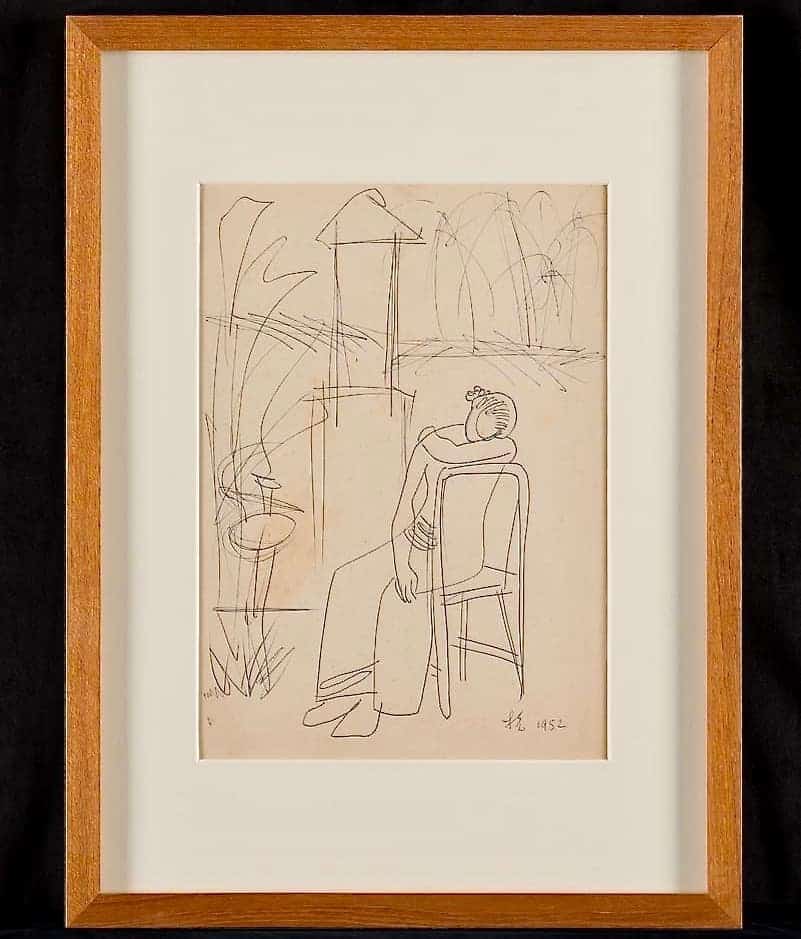
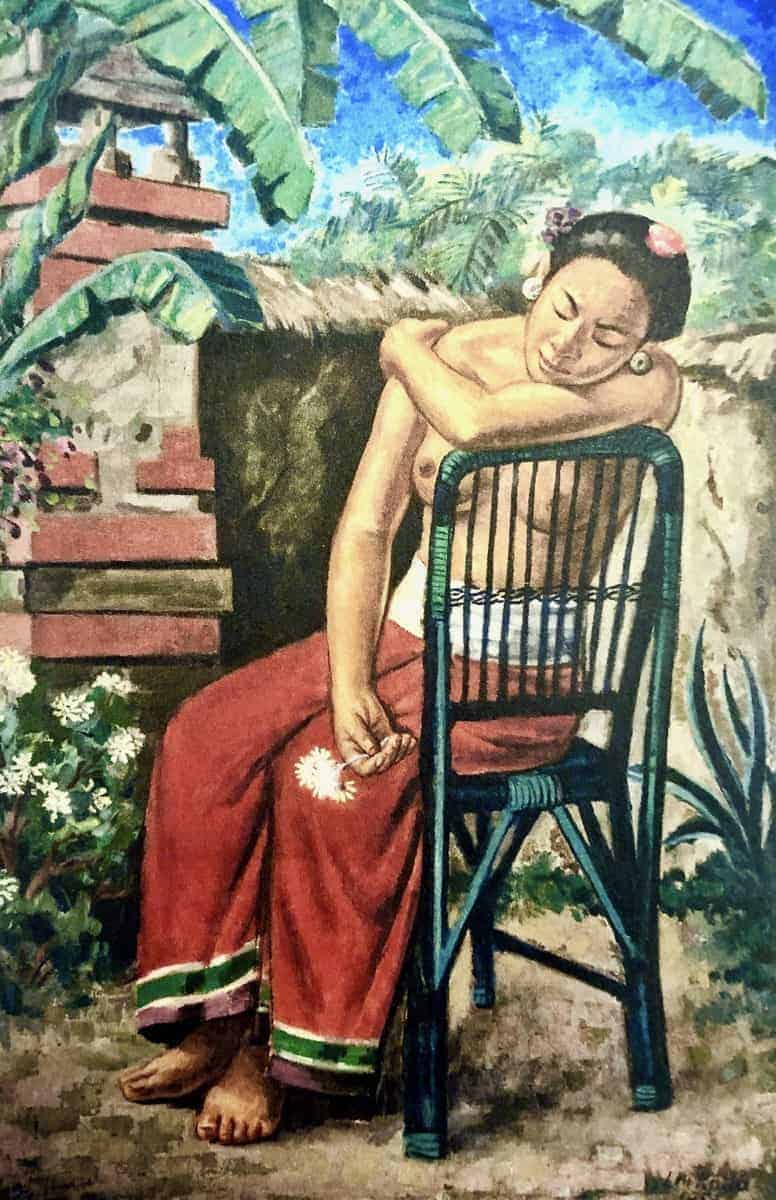
In Renaissance Europe, when many large-scale paintings were produced to decorate the interiors of churches and palaces, extensive and detailed preparatory drawings were a crucial step in creating the finished work. Great artists like Michelangelo and Leonardo Da Vinci were among the most celebrated draftsmen (masters of drawing) of their time. Drawing came to be considered the essential foundation for academic training in all of the arts, and life drawing – the study and representation of the human anatomy through careful observation of live models – was considered the pinnacle of classical artistic training.
Though drawing’s traditional, historical identity was as part of an artist’s foundational training or as preparatory sketch or working draft for a final work in another medium, contemporary practice has seen drawings gain increasing significance as works of art in their own right.
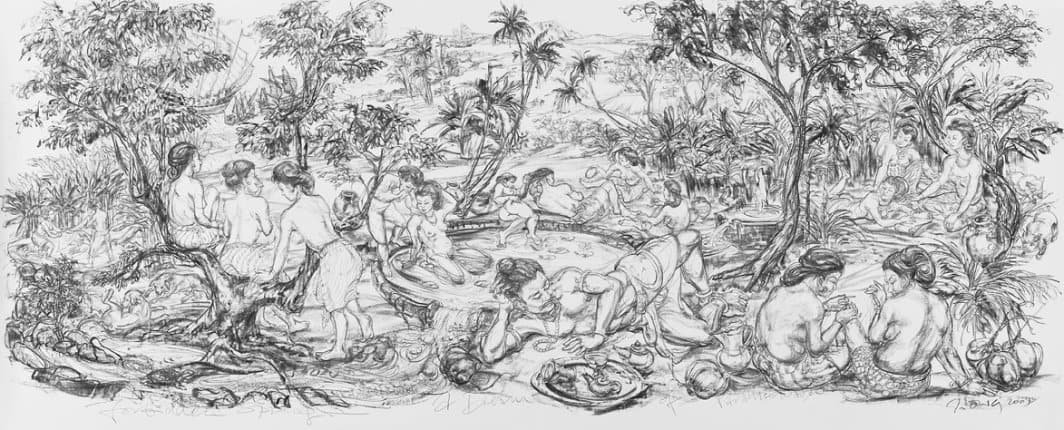
Throughout the twentieth century, drawing’s possibilities were radically expanded. In tandem with the liberation of modern and contemporary art from the traditions of the past, drawing opened up to encompass a wide range of alternative visual registers, embracing abstraction, material experimentation, technical and diagrammatic drawing, minimalisim and conceptual art.
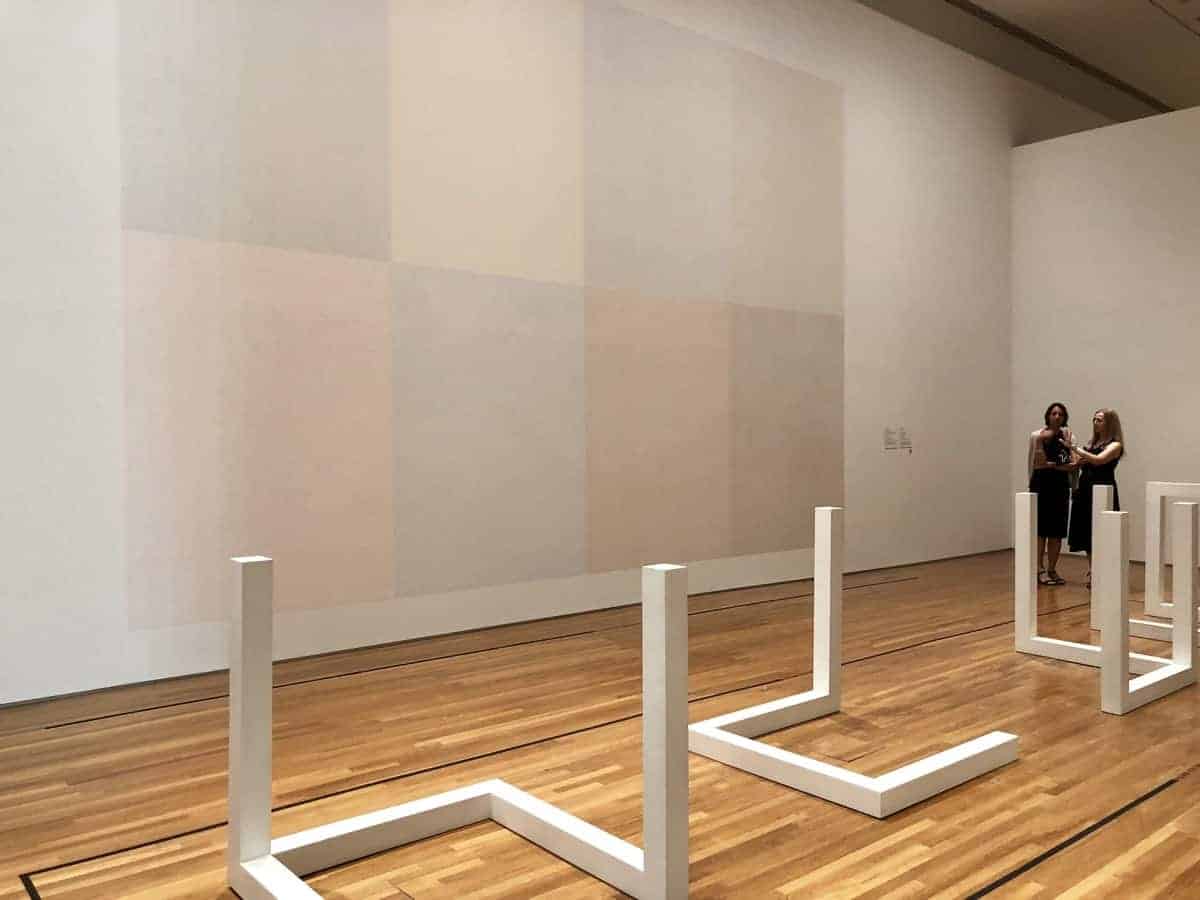

Christian Rattemeyer, writing the introductory essay in Vitamin D2: New Perspectives in Drawing, the 2013 sequel to Vitamin D, notes that while material experimentation and gestural mark-making continue to occupy a place in contemporary drawing practice, much of the discipline’s efforts in more recent times appear to centre on a reversal of these tendencies and a return to figuration and narrative. A case in point? Filipino artist Jose (Jojo) Legaspi, one of the artists featured in the book, whose drawings in pastel on paper explore the darker sides of the human psyche and are executed in meticulous attention to anatomical detail, revealing the artist’s training in biology and zoology.
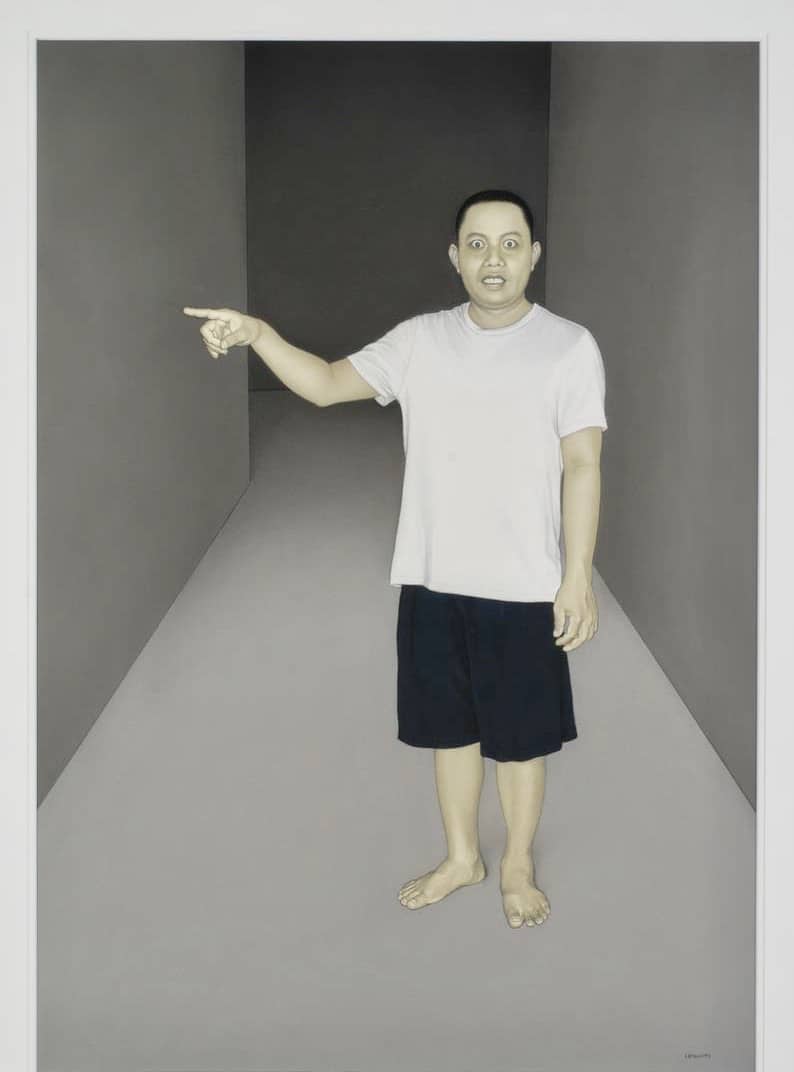
Figurative or abstract, intricate and detailed or minimalist, it is clear that drawing remains as dynamic a medium as ever and, revitalised and emboldened, artists continue to consider drawing an essential vehicle for addressing and interacting with the world today.
Illustration of the letter ‘D’ by Nadra Ahmad
